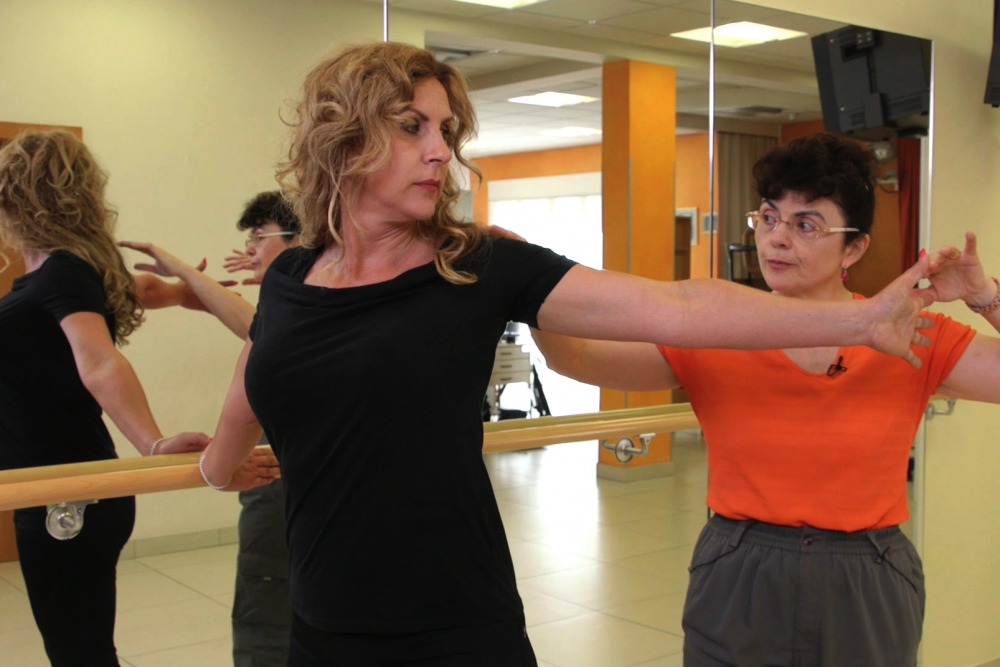Parkinson’s disease is the most common neurodegenerative motor disorder, with motor symptoms such as tremors, muscle stiffness, inertia or freezing.
Muscle strength can be reduced in people with Parkinson's disease, not because the muscle itself is damaged, but because the brain’s control on the muscle is reduced, and partly because the muscles are used less intensively (and therefore become weaker). Such motor symptoms can be painful, and there is medication that can successfully reduce them. Paired with medication, an exercise routine that includes stretching can improve motor symptoms.
In general, stretching is an important part of the exercise routine. Daily stretches keep and improve flexibility, prevent stiffness, lead to improved balance and posture, and daily activities such as walking and writing become much easier to do. As the experiences of people with Parkinson’s disease are different from one another, so is the stretching routine. Make sure to discuss with your physiotherapist to find a program specific to your needs.
Mariella Graziano has been a physiotherapist for Parkinson’s disease for 30 years. In the video below, she is showing some basic stretching exercises for Parkinson’s disease, together with Corinne with whom she works regularly!
- Check out how dancing can also help improve motor and non-motor symptoms.
- Find a specialized physiotherapist in your area! !
- For more information about exercise and Parkinson’s disease check our Exercise and Parkinson’s disease fact sheet in French and German.





